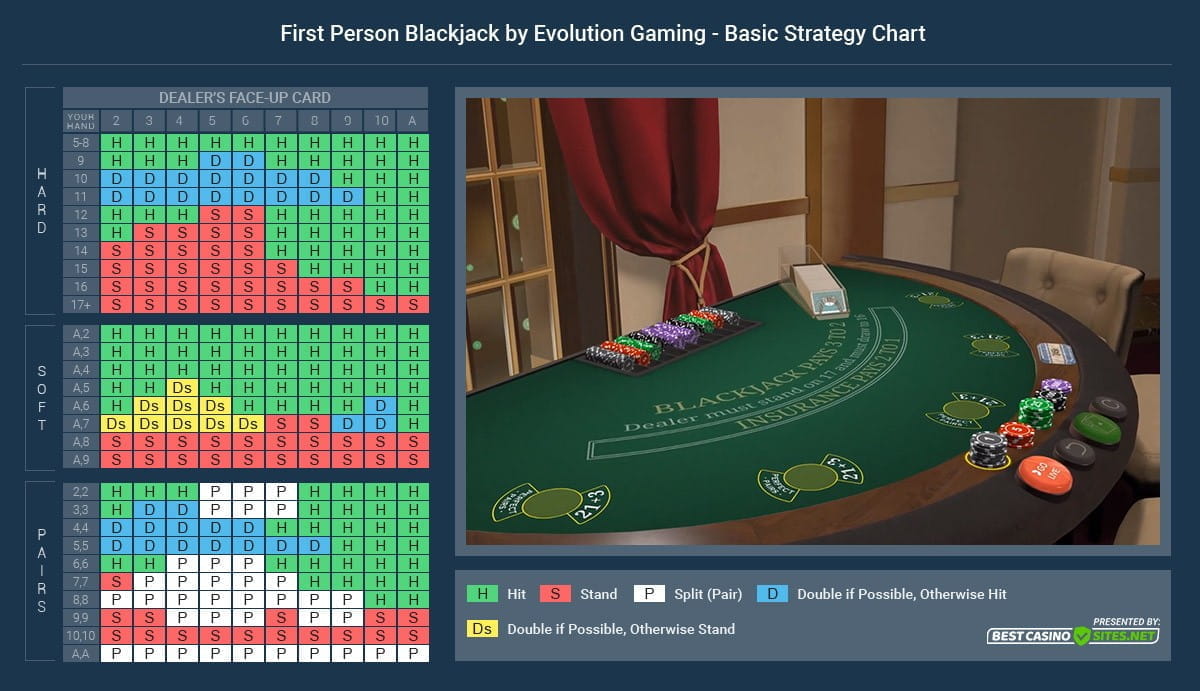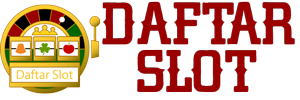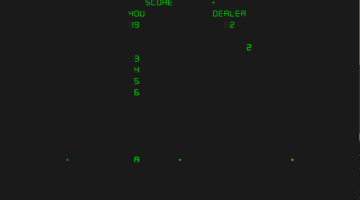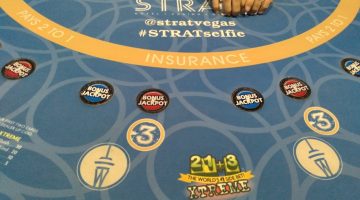
The Evolution of Blackjack Strategy Tools and Training Software
Blackjack isn’t just a game of luck—it’s a dance between probability, strategy, and quick thinking. Over the years, players have leaned on tools and software to sharpen their skills, turning gut instincts into calculated moves. Let’s dive into how these resources evolved from scribbled cheat sheets to AI-powered trainers.
The Early Days: Pen, Paper, and Basic Strategy Charts
In the 1950s and ’60s, blackjack strategy was, well, primitive. Players relied on handwritten charts—often passed around like secret blueprints—to memorize basic moves. These charts broke down when to hit, stand, or double down based on the dealer’s upcard. Simple? Sure. Revolutionary? Absolutely.
Key milestones:
- 1956: Roger Baldwin publishes the first mathematically sound basic strategy in the Journal of the American Statistical Association.
- 1962: Edward Thorp’s Beat the Dealer popularizes card counting, turning blackjack into a battleground of wits.
- 1970s: Laminated strategy cards hit casino gift shops—finally, something durable for the felt tables.
The Digital Leap: Software and Simulators
By the 1980s, personal computers changed the game—literally. Suddenly, players could run simulations, test strategies, and practice without risking a dime. Early software was clunky, but it laid the groundwork for what was coming.
Notable Early Programs
| Software | Year | Why It Mattered |
| Blackjack Trainer | 1983 | First DOS-based program to drill basic strategy |
| Casino Verite | 1995 | Added card counting drills and customizable rules |
| BJ21 | 1998 | Online forums + software = a thriving community |
These tools weren’t just about memorization—they helped players internalize decisions until they became second nature. Think of it like learning to ride a bike… if the bike occasionally cheated.
The Internet Era: Online Trainers and Mobile Apps
Fast-forward to the 2000s, and blackjack training went mainstream. Websites like Blackjack Apprenticeship offered video tutorials, while mobile apps let players practice during lunch breaks. Convenience was king.
Game-changers:
- Real-time feedback: Apps like Blackjack 101 corrected mistakes instantly—no more guessing.
- Multiplayer modes: Practicing against others online mimicked casino pressure.
- Rule variations: Software adapted to regional rules (hello, European no-hole-card!).
AI and the Future: Beyond Basic Strategy
Today’s tools? They’re borderline psychic. AI-driven trainers analyze thousands of hands in seconds, spotting weaknesses even seasoned players miss. Some even adjust to your learning style—aggressive or conservative, it tailors the drills.
Current trends:
- VR blackjack: Practicing in a virtual casino? Check. Complete with distracting slot machine sounds.
- Machine learning: Tools like DeepStack adapt to your playstyle, offering hyper-personalized coaching.
- Live dealer integration: Some apps sync with live streams, letting you test strategies in real-time.
The Ethical Debate: Tools vs. “Real” Skill
Here’s the thing—casinos hate card counters, but they can’t ban you for using an app at home. Still, some purists argue that over-reliance on tech dulls instinct. Others counter that it’s no different than a golfer analyzing swing data.
Honestly? The line’s blurred. Modern blackjack is as much about tech literacy as it is about reading the table.
Final Thoughts: Where Next?
From paper charts to AI coaches, blackjack tools have leveled up like a video game character. What’s next? Maybe neural implants that whisper “split those aces” in your ear. Or—more realistically—even smarter software that anticipates casino trends before they happen.
One thing’s certain: the house edge keeps shrinking, and players? They’re more prepared than ever.





